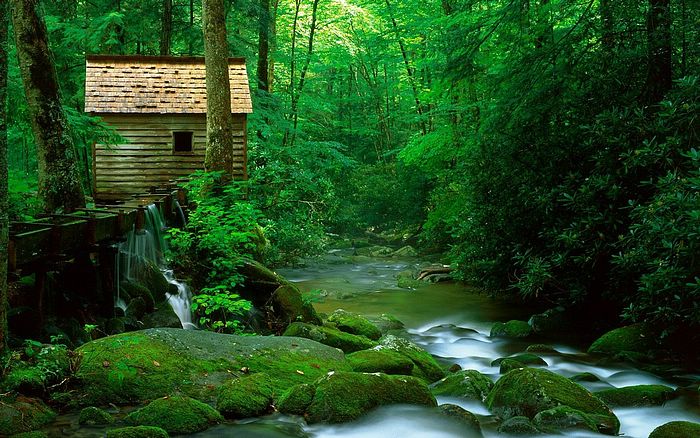So what color is 青 really? Blue? Green? Help!
Oh boy. Here we go again with Chinese confusing the hell out of me. Today’s culprit is 青. Yes, that one that appears in 青年 meaning youth. I almost want to make a knee-jerk old timer joke about how confusing the youth are these days, but I’d resist. So, why am I confused about 青, because it seems to represent so many different colors! From “nature’s color” to “blue” to “green” to “greenish black”… heck it’s just crazy.
Here’s the CC-CEDICT dictionary definition for 青:
nature's color / green or blue / greenish black / youth / young (of people) / abbr. for Qinghai province
Now, color me impressed, that’s one versatile character. My android dictionary app, HanPing, also adds the definition “not ripe”. That’s probably where the idea for youth comes from: 青年 (not ripe years).
But, besides youth, I’m trying to figure out why this character has this multiple color reference. How do you predict which color it is actually referring to? Here are some example words with 青.
There are more, but I think I’ll just confuse you guys even further. Now what is going here. It seems that when 青 is with plants (moss, grass, vegetables) it goes for green. When weather/nature is talked about, stone and sky, it goes for blue, but there’s a weird outlier in blue veins. But oddly enough it goes for black when it talks about hair or clothes. The wiktionary page confirms this. Interestingly, the radical decomposition from an etymological view point, describes the character as a combination of 生 (grass) and 丹 (well). So grass around a well. Thus, green.
Further etymological research shows that it first appeared during the Bronze Script. The original meaning was blue according to ZDIC.
Yes, I’m just as confused as you are at this point. What the heck is going on here? There clearly doesn’t seem to be a clear cut definition or meaning behind why 青 represents all these different colors!
I’ve got my own theories though:
The NatureTheory
The definition of “nature’s color” seems to fit in the with the duality that it presents. Nature is filled with colors. It’s almost as if when 青 is used it represents the “natural” color of that item. Like Blue Sky, Green Vegetables, Black Hair etc.
The Ripening Theory
Maybe 青, being “not ripe” and being youthful is part of the process of changing colors. Fruits change from colors, ripening. Sometimes even going to far and turning black.
The Grass Well Theory
This one is closely tied to the original radical etymology. Grass around it is green, the well has blue water. As simple as that.
The Metal Theory
Now here’s a more interesting take on this. If you notice all the words that are being mentioned, there seems quite a lot that has to do with metals, like lead, tin, copper, bronze etc. Now if you look at some metals for instance, like copper, when exposed to air and it oxidizes it turns a bluish-green color. The same thing happens when you wear copper bracelets, you get this green/blue stain on your wrist.
I asked on Weibo for help with 青. The responses range from 青 being between green and blue, and 青 referring to both colors. But heck, it’s tough for me to accept that. I haven’t found such colors before. Usually color refer to one color, not more.
Guys, help me here. If you can anything on 青, I’ll be much less confused! Maybe I’m missing something blatantly obvious, but I’m surely stumped by 青. My best bet is the nature or metal theory.
